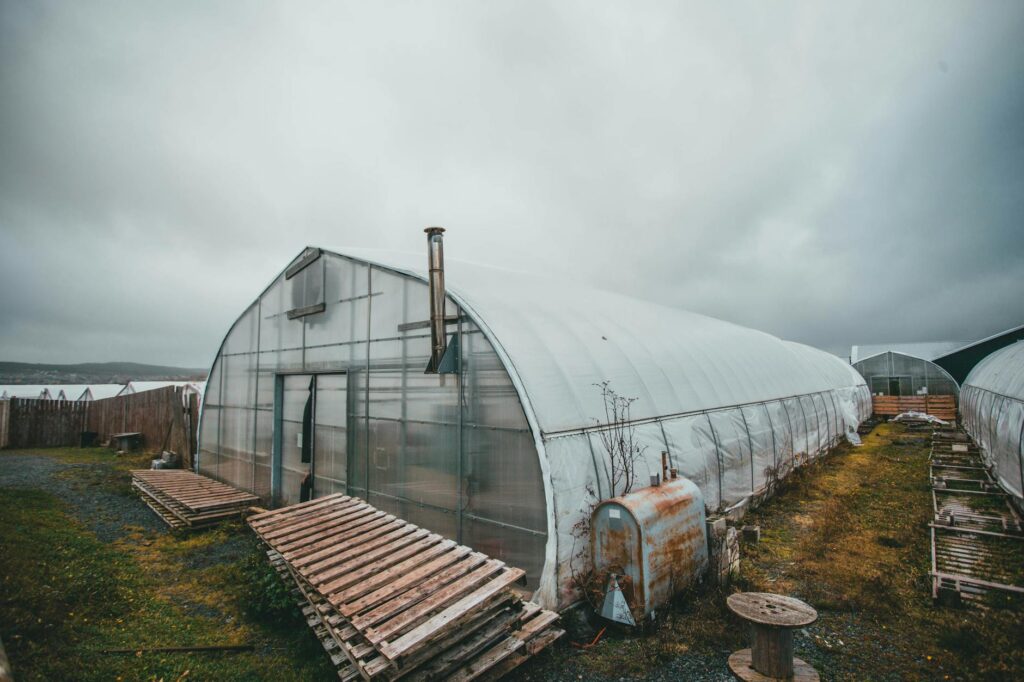When it comes to maintaining a thriving garden or greenhouse, one of the most critical components is choosing the right greenhouse cover. The cover not only protects your plants from the elements but also helps regulate temperature, humidity, and light. In this guide, we’ll explore various greenhouse covers suited for distinct weather conditions, ensuring your plants thrive no matter the climate.
Understanding Greenhouse Covers
Greenhouse covers come in various materials, each with its unique benefits and drawbacks. Here are the most common types:
- Polyethylene Film: This is one of the most popular greenhouse covering materials due to its affordability and ease of installation. Polyethylene film is available in various thicknesses and provides good light diffusion. However, it may need replacement every few years due to UV degradation.
- Polycarbonate Panels: These are excellent for climates with extreme weather conditions. Polycarbonate panels are sturdy, provide excellent insulation, and are less likely to break than glass. They also filter harmful UV rays while allowing sufficient light for plant growth.
- Glass: Traditional and aesthetically pleasing, glass greenhouses provide excellent light transmission. However, glass can be heavy, expensive, and fragile. In areas with heavy snow or high winds, glass may not be the best choice.
- Shade Cloth: In regions with intense sunlight, shade cloth can be invaluable. It helps regulate temperature by reducing heat buildup, protecting sensitive plants from sunburn.
Choosing the Right Cover for Your Climate
Cold Weather
For gardeners in colder climates, insulating greenhouse covers are essential. Polycarbonate panels or double-layered polyethylene film work best. They provide excellent insulation, helping to retain heat during frigid nights.
- Tip: Use thermal mass (like water barrels) inside your greenhouse to store heat during the day and release it at night.
Hot Weather
In hotter climates, proper ventilation and light regulation are key. Shade cloth is particularly useful for preventing overheating while still allowing necessary light penetration. Reflective materials can also help reduce heat absorption.
- Tip: Consider a roll-up sidewall design to enhance airflow during sweltering summer months.
Humid Weather
High humidity can lead to mold and mildew, making breathable greenhouse covers a must. Look for covers that allow excess moisture to escape while still protecting your plants from rain. Mesh covers or vented polycarbonate panels are excellent choices.
- Tip: Incorporate proper drainage and airflow systems to keep humidity levels in check.
Windy Conditions
For windy regions, sturdier covers like polycarbonate panels are advisable, as they can withstand stronger gusts better than lightweight films. Make sure to secure your greenhouse frame properly to prevent damage.
- Tip: Position your greenhouse with its longest side facing the prevailing wind to minimize wind resistance.
Conclusion
Selecting the right greenhouse cover based on your local weather conditions is crucial for ensuring a successful gardening experience. Whether you choose polyethylene film, polycarbonate panels, or shade cloth, understanding your specific climate needs will help you create an optimal environment for your plants.
For further information on greenhouse covers, check out these resources:
By investing in the appropriate greenhouse cover and implementing best practices, you can create a thriving oasis for your plants, regardless of the weather outside.
Originally posted 2024-10-23 11:06:35.

